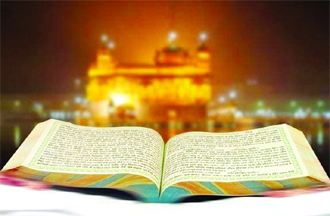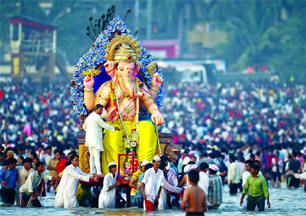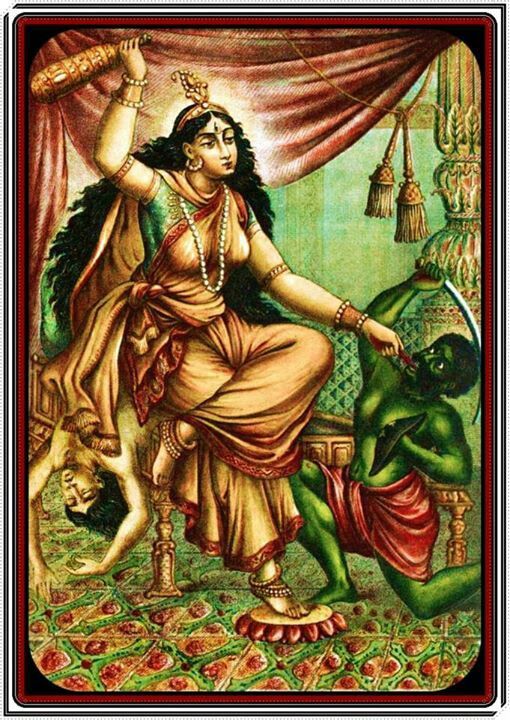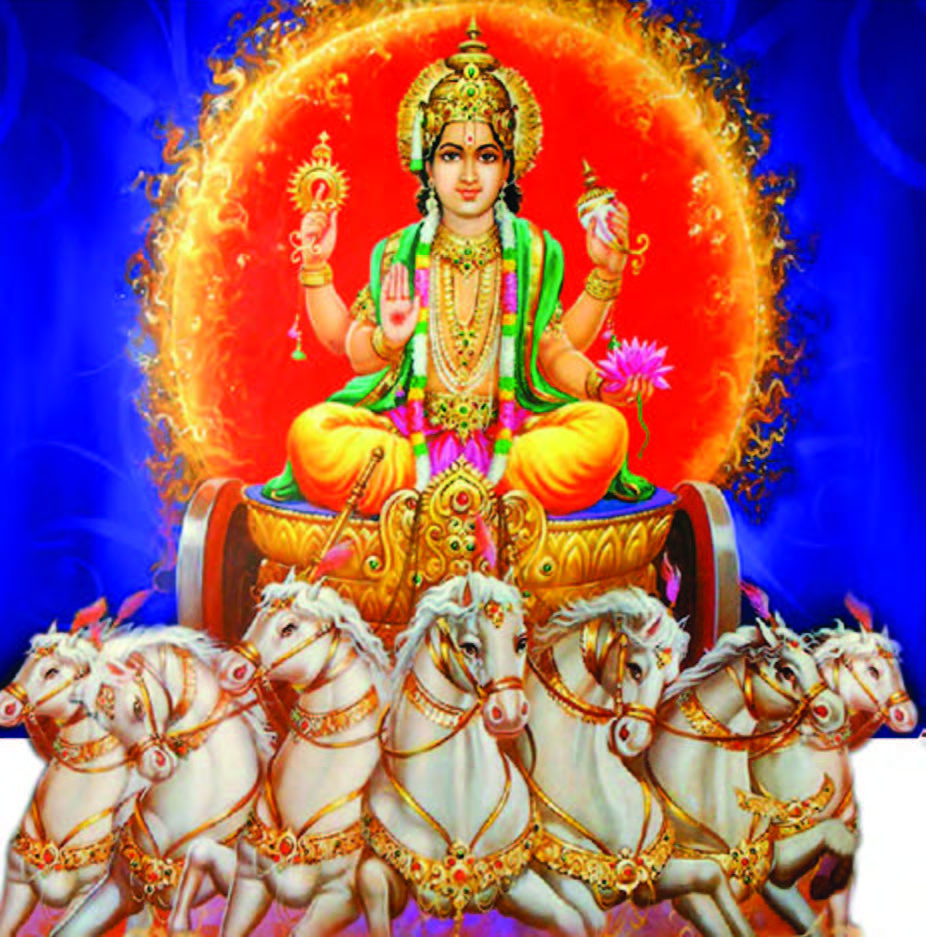
The First Prakash Divas of Shri Guru Granth Sahib falls on September 1. The compilation of the Adi Granth was completed on August 29, 1604, and its first Parkash
(i.e. the first reading) took place inside the Darbaar Sahib at Amritsar on September 1, 1604.
The first Prakash Divas of Shri Guru Granth Sahib, also known as the First Parkash, took place on September 1, 1604 at the Golden Temple, also known as Harmandir Sahib, in Amritsar. The fifth Sikh Guru, Sri Guru Arjun Dev Ji, illuminated the Guru Granth Sahib on this day. Baba Budha Ji was appointed as the first Head Granthi, or priest, to care for the Adi Granth Sahib and recite its Bani to all. Baba Budha Ji read the Hukamnama Sahib, which said, “Santa ke karaj aap khloya har kam kravan aya ram,” which means “the Lord himself has stood up to resolve the affairs of the saints; he has come to complete their tasks”.
The Guru Granth Sahib is considered the spiritual authority in Sikhism and is installed in every Sikh gurdwara, or temple. Sikhs often prostrate before the Guru Granth Sahib when entering a gurdwara. The Guru Granth Sahib’s vision is of a society that is based on love, mercy, divine freedom, justice, and belief in one god. It also acknowledges and respects the scriptures of Hinduism and Islam, but it doesn’t imply a moral reconciliation with either of these religions. Today, the Prakash Guruparv of Sri Guru Granth Sahib Ji is celebrated annually with great religious devotion and respect. During this occasion, the Sri Darbar Sahib is decorated with colorful flowers from all over the world.
The Guru Granth Sahib is Sikhism’s sacred scripture, and it is regarded by Sikhs as the eternal Guru after the tenth Guru’s commandment to the Sikhs: Sabh Sikhan ko hukam hai guru maneyo granth.
As Bhai Kahan Singh’s Mahankosh tells us, the Guru Granth Sahib contains the bani (sacred compositions, literally utterances) of six Gurus, 15-non Sikh bhagats (saints) whose bani was in consonance with the teachings of the Gurus, 17 bhattas (bards) and four others. Guru Arjan Dev, the fifth Guru of the Sikhs, had the bani of the first four Gurus compiled in a manuscript for which he asked Bhai Gurdas, a major Sikh theologian, to be the scribe. It was this manuscript, the Adi Granth, which was ceremoniously installed in the sanctum sanctorum of Harmandir Sahib at Amritsar in 1604 AD.
According to Professor Sahib Singh’s book Kuch Hor Dharmik Lekh, the Bani compilations of the first Guru, Guru Nanak Sahib, were recorded in a written work known as the “Pothi” which he wrote and complied during his life and travels. The Pothi was handed down to the succeeding three Gurus who also added their own compositions to the Bani. The Pothi and the succeeding Gurus’ Bani compositions were handed down to the fifth guru, Guru Arjan Sahib (1563-1606), when he commenced his Gurgaddi. Guru Arjun Sahib took on the responsibility of not only adding to Guru Nanak Sahib’s Pothi and the Bani compositions of the three succeeding Gurus’ before him, but also commenced the work of rearranging and editing all these compositions into the first version of the Sri Guru Granth Sahib – the Adi Granth.
In the selection of the Bani included in the Adi Granth, Guru Arjan kept ‘Anubhavi Rachna'(Personal experience) as the criterion. The compilation of the Adi Granth was completed on August 29, 1604, and it’s first Parkash (i.e. the first reading) took place inside the Darbaar Sahib at Amritsar on September 1, 1604. The only further additions made to the Adi Granth after this were undertaken by the tenth guru, Guru Gobind Singh Ji, who added the compositions of the ninth guru, Guru Tegh Bahadur Sahib. This was done in 1705 – 1706 at Talwandi Sabo near Bhatinda (now known as Takht Sri Damdama Sahib) where Bhai Mani Singh Ji scribed the sacred text. This became the Guru Granth Sahib as we have it today.
Guru Arjan Sahib gave the responsibility of scribing the text of the Adi Granth to Bhai Gurdas Ji. Bhai Gurdas was the nephew of Guru Amardas Ji and a great scholar of the time, who PEHLA (FIRST) PARKASH PURAB OF GURU GRANTH SAHIB JI composed “Varaan” and “Kabit”. Though his compositions are not included in the Sri Guru Granth Sahib, they are held in high esteem by Sikh religious scholars. Guru Arjan Sahib referred to his writings as the Kunji (key) to better understand Gurbani.
Thus it took almost 3 years between 1601-1604 to edit, compile and scribe the sacred text in Amritsar, Punjab. In all, the Adi Granth contained the compositions of the first five gurus, fifteen Hindu and Muslim saints (e.g. Bhagats Ramanand, Kabir and Namdev and Sheikh Farid among others), eleven Hindu bhatts (bards), and three Gursikhs. The message of the Adi Granth centered around the theme of One God, One Creation and One Humanity. It conveyed the message of tearing down divisions of caste, race, religion, gender, etc that were then prevalent in Indian society and espoused us to become better human beings everyday by imbibing virtues in our daily living in lieu of letting ourselves being controlled by vices.
The First Parkash on 1 September 1604
On the day of the first Parkash, Baba Budha Ji carried the Adi Granth Sahib Ji on his head while Guru Arjan Sahib Ji did chaur seva, and a procession of sangat lined behind to escort the Adi Granth Sahib Ji to the darbar hall in Darbaar Sahib, Amritsar. In reverence of the scripture, Guru Arjan Sahib Ji sat on ground along with the sangat and placed the Adi Granth on a platform as a mark of respect of the eternal wisdom enshrined in it and as a mark of its high status. Baba Budha Ji was appointed as the first Head Granthi (Priest) with the responsibility of taking care of the Adi Granth Sahib and reciting its Bani to all. The first Parkash’s Hukamnama Sahib read by Baba Budha Ji was: Santa ke karaj aap khloya har kam kravan aya ram which means the Lord himself has stood up to resolve the affairs of the saints; he has come to complete their tasks (SGGS Ji, ang 783).
Conclusion
Guru Arjun Sahib Ji preached that the Adi Granth is akin to a Ship that lets us cross this worldly ocean; that whosoever will listen, recite, abide and act according to its teachings, will easily make their way across this deep, treacherous sea. Guru Arjan Sahib Ji urged Gursikhs to respect the Gurbani more than they did him by explaining that the physical body will eventually vanish away, but Gurbani would always be present to enlighten their lives. Gurbani is thus referred to by Sikhs as Guru and Nirankar (God).





Be the first to comment